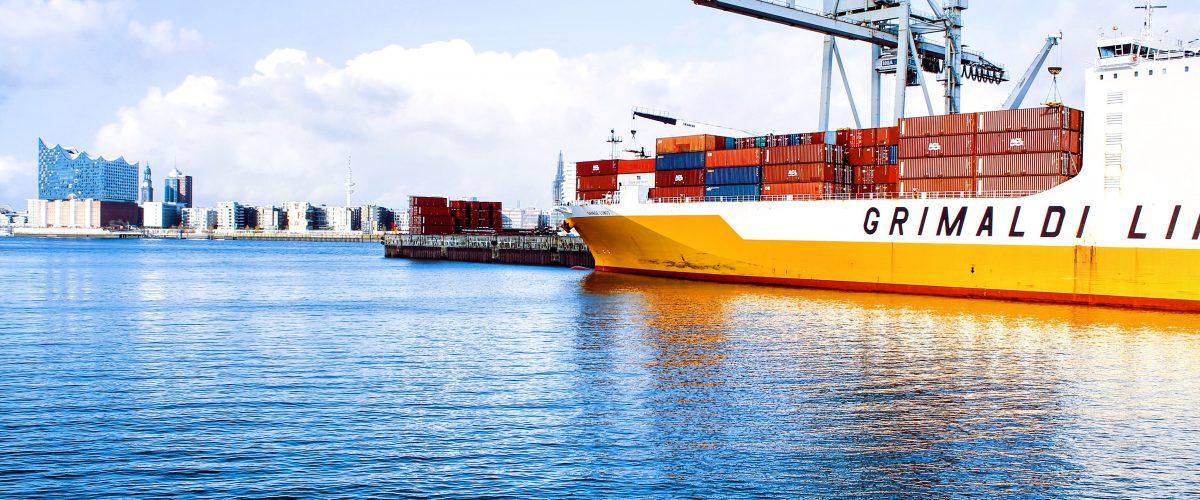At a recent Innovation Summit, I had the pleasure of speaking to a group of corporate representatives on the topic of greening the supply chain. This conference was attended mostly by US based companies, so as you might imagine, the topic of addressing Scope 3 emissions was not top of mind for most attendees, as many are still grappling with how do address their Scope 1 and Scope 2 emissions.
This being said, I did have a few engaging conversations with some attendees who were beginning to think about how to move from a focus exclusively on Scope 1 and 2 emissions to incorporating efforts to address indirect operational (or Scope 3) emissions. As a reminder, Scope 3 emissions are GHG emissions that are a consequence of an organization’s activities but not owned or controlled by them. Think of air travel for business trips, emissions associated with the production of purchased goods, shipping emissions, etc. It is the indirect environmental cost of doing business.
You may be asking yourself ‘why are Scope 3 emissions so important?’ CDP reports that on average, Scope 3 emissions are four times the size of Scope 1 and Scope 2 combined. As a result, a growing number of companies (the majority being based outside the US) are measuring Scope 3 emissions, reporting those emissions, and in many cases, scoring their supply chain based on those emissions as well. Furthermore, if your organization is interested in setting a Science Based Target (SBT) and your Scope 3 emissions are 40% or more of your total carbon load, then you are actually required to set a Scope 3 target.
What remains unclear is what, if anything, is being done to reduce supply chain emissions? How would your organization even begin to address supply chain emissions reduction? What major challenges stand in the way of taking meaningful action to address Scope 3 emissions?
Tips to get you started:
Start with data
In order to set yourself up for long-term success, it’s important to start by understanding the magnitude and sources of your Scope 3 load. Comprehensive supply chain emissions data collection will have a direct influence over strategy, stakeholder alignment and the ability to measure success. You will want to get a good understanding of carbon footprints and contributing factors such as, level of spend and supplier and facility locations in order to be able to heat-map your earliest and best opportunities.
Stakeholder engagement and alignment
Another important preliminary step is building internal alignment, particularly between procurement and sustainability teams. In a recent article published by GreenBiz, it states that according to the 2017 State of Sustainable Business Report, “The procurement function was the most commonly cited functional partner to sustainability – outranking the CEO’s office, operations, product development, risk management or any other part of the company.” Creating a corporate structure that sets clear guidelines for individual roles and responsibilities will help ensure a more seamless execution of sustainability efforts and approvals.
Educate and Support
Reporting and setting targets is not enough. Find your internal champions, both internally and externally, and connect them. Ensure that you have senior level execs involved and on-board. Utilize both internal staff and retained consultants who can facilitate and educate to ensure the program(s) are supported properly with data, expertise, and resources.
Don’t try to boil the ocean
Getting started, even in the way of internal alignment or identifying low hanging fruit, creates momentum… and that is a good thing! You don’t have to, and shouldn’t, do everything at once. Early wins are important, however. You can share progress with suppliers in an effort to catalyze collaboration and motivation to build on initial success. The best place to start is to identify and engage with supply partners who are easy to work with, close to your business, and have expressed similar sustainability interests, in order to build vital collaboration and consensus on approach.
Leverage Tech and Tools
The CDP Supplier questionnaire is a great tool for collecting data. There are also third-party scorecard platforms, like Ecovadis, that can be utilized to collect data and score the supply chain. The development and distribution of purchasing guides and case studies can help arm suppliers with best practices and real world examples. And investment in online portals for suppliers to access can be beneficial for documenting goals and progress and, further, serves as a valuable communication tool.
Co-Benefits and Incentives
Reward your suppliers! Offer incentives to spur action. Things like public recognition, preferred supplier status, competitive advantage and brand enhancement can go a long way in motivating action. By including sustainability criteria in your procurement specs and then providing incentives via rankings based on sustainability scoring, you are providing proper motivation.
Breaking the inertia
In order to make any significant impact in stunting climate change we must acknowledge and address all sources of emission, both direct and indirect. So as your organization strives to take urgent action to reduce its carbon footprint and pushes forward by addressing Scope 1 and 2 emissions, don’t forget about Scope 3.
As President John F. Kennedy once stated, “There are risks and costs to action. But they are far less than the long range risks of comfortable inaction.” This sentiment certainly holds true for action on climate. It starts by getting the ball rolling, and there is no better time to act than now.

